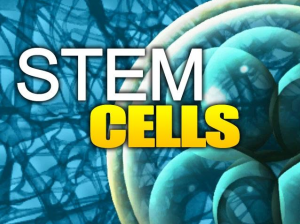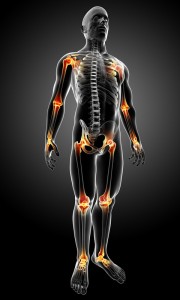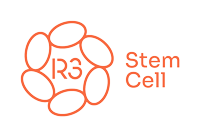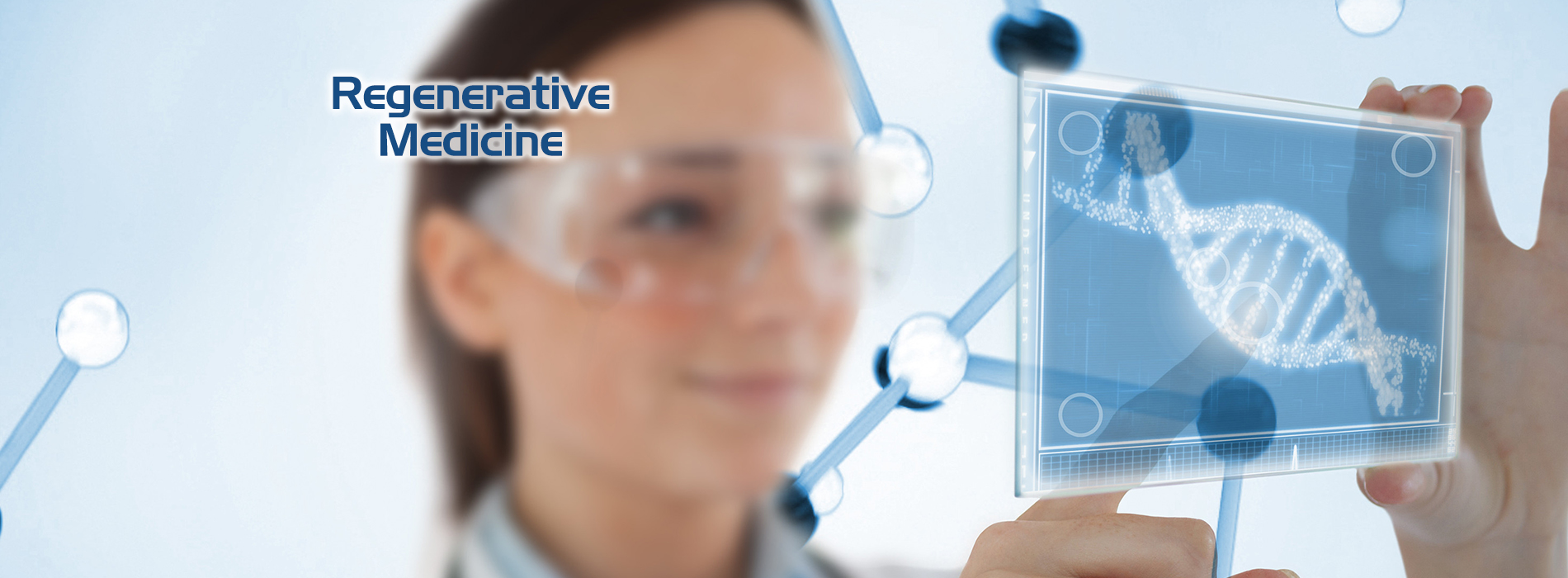Bone Marrow Derived Stem Cell Injections in Los Angeles
FAQs on Bone Marrow Derived Stem Cell Therapy
Nonsurgical management of joint pain (knee, hip, or shoulder) is usually treated with medications. This includes steroid injections, topical analgesic creams, and anti-inflammatory drugs. However, researchers have found that  bone marrow-derived stem cell therapy can improve joint arthritis and other conditions.
bone marrow-derived stem cell therapy can improve joint arthritis and other conditions.
How can bone marrow derived stem cells help treat medical conditions?
Bone marrow derived stem cells are self-renewing precursor cells that can transform into fat, bone, cartilage, and stromal cells. Much scientific evidence indicates the importance of bone marrow for hematopoietic cell development. Preadipocytes from mature bone marrow stem cells form through a complex process.
Regenerative medicine involves the use of stem cells, which can differentiate into all cell types for tissue and structure repair. A person’s own bone marrow is obtained in a clinical procedure. After processing, the stem cells are used for injections into the joints and other body structures.
What is bone marrow?
The bone marrow is a spongy tissue inside of the bones, which makes platelets, white blood cells, and red blood cells. These cells begin as stem cells, which are considered “blank slate” cells. Once these cells are injected into the body, they can form into cartilage, muscle, and/or tendon. The iliac crest region of the hip and spinal bones has the easiest and largest source of stem cells.
How are stem cells obtained from the bone marrow?
First, the skin over the hip is injected with an anesthetic. Sometimes, regional or general anesthesia is used for the procedure. After cleaning the skin with an antiseptic, the doctor will then insert a needle using x-ray guidance. Then, the doctor will extract bone marrow from the iliac crest of the hip bone. Around 30-60 milliliters of bone marrow is removed, which is then processed and concentrated down to stem cells and growth factors. Afterwards, the stem cell solution is injected into the patient’s damaged or injured body region.
Who benefits from bone marrow derived injections?
Bone marrow derived stem cell injections help some patients and not others. Some studies show that bone marrow injections help rebuild cartilage and bone defects. Those who can benefit from these injections include:
- Achilles tendonitis
- Bursitis
- Rotator cuff tendonitis
- Spinal arthritis of the facet joints (back and neck)
- Sacroiliac joint arthritis
- Extremity arthritis, including hip, knee, shoulder, and ankle arthritis
- Lateral epicondylitis
- Medial epicondylitis
- Degenerative disc disease
- Ligament sprains
- Muscle strains
How is the bone marrow stem cell injection performed?
Bone marrow derived stem cell injections are used to repair the damaged tissue and offer pain relief. The area of skin is first anesthetized using a numbing area. The stem cell injection is given under fluoroscopy (x-ray guidance).
Do bone marrow derived stem cells work?
According to a recent study involving patients with type 2 diabetes mellitus, stem cells were given to 10 patients. Of these, 7 patients showed a reduction in insulin needed by 75%, which was a significant finding. No adverse effects were noted, and bone marrow derived stem cells were shown to improve beta-cell function in diabetics. Additionally, stem cells were found to show promise in treating sports-related musculoskeletal injuries in a recent review of studies from 2000 to 2013.
Resources
Ajibade DA, Vance DD, Hare JM, et al. (2014). Emerging Applications of Stem Cell and Regenerative Medicine to Sports Injuries. Ortho Jour Sports Med, 2(2).
Bhansali A, Upreti V, Khandelwal N (2009). Efficacy of autologous bone marrow-derived stem cell transplantation in patients with type 2 diabetes mellitus. Stem Cell Dev, 18(10), 1407-1416.
Request Appointment for Treatment with Bone Marrow Stem Cell Injections today!





